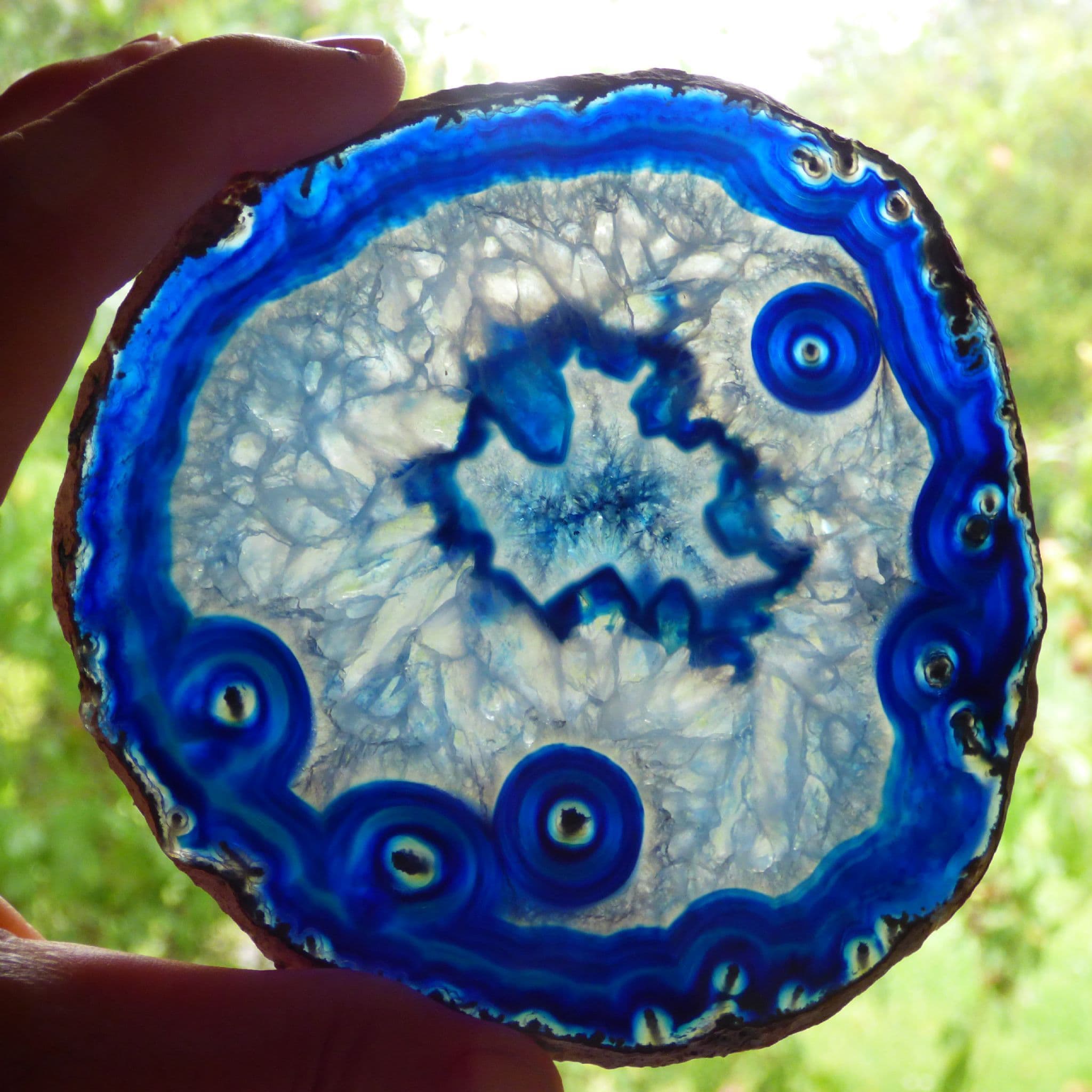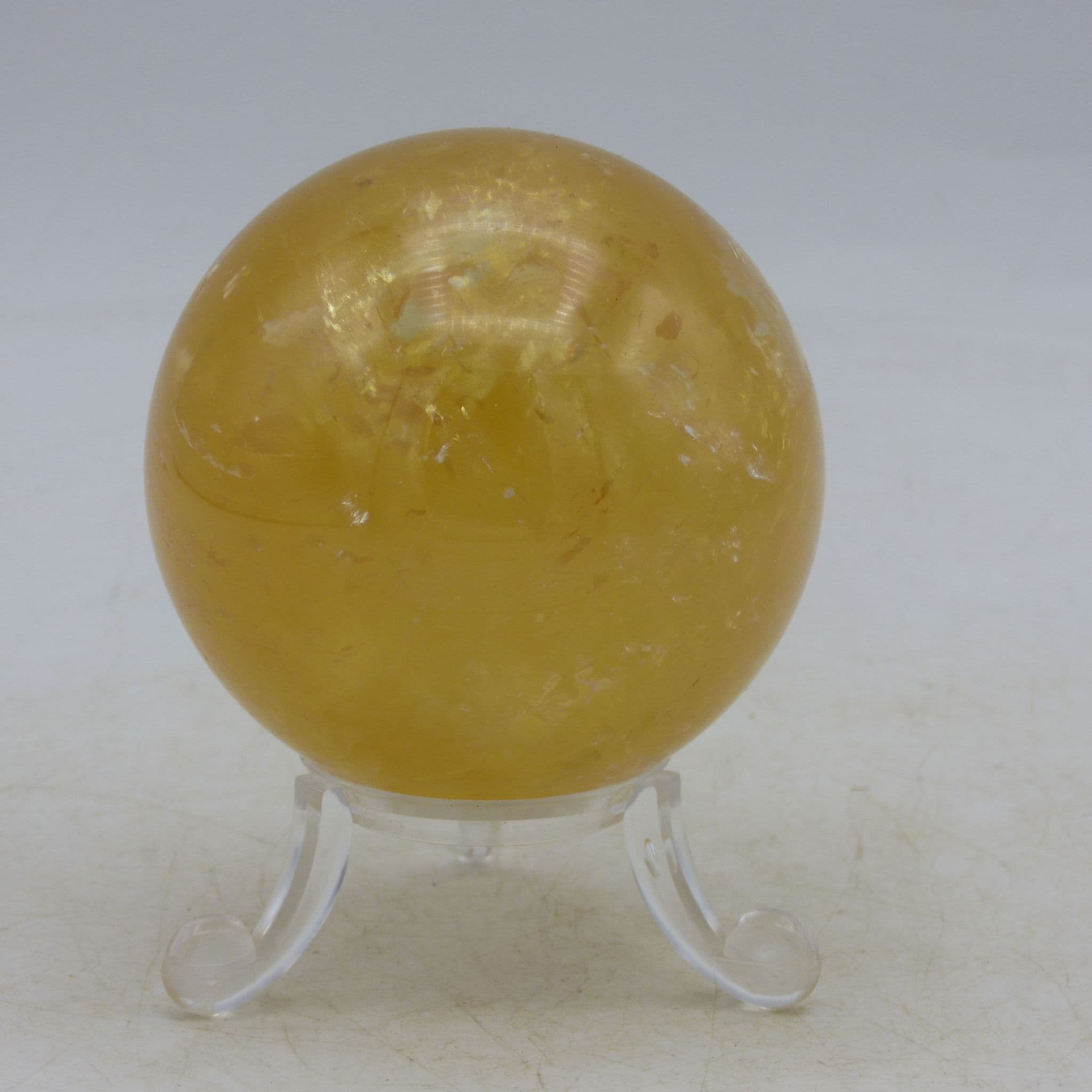Lanceaspis: A Rare Fossil with a Remarkable Rostrum
When it comes to unique and striking trilobite fossils, few species are as distinctive as Lanceaspis. This incredible creature, with its incredibly elongated rostrum (nose), is one of nature’s most remarkable designs, offering both scientific intrigue and aesthetic appeal for collectors and enthusiasts alike.
One of the most defining characteristics of Lanceaspis is its rostrum—an elongated, often sharp protrusion that extends far beyond the rest of the body. In fact, the rostrum can make up nearly 40% of the trilobite’s overall body length, which is significantly longer compared to many of its relatives. This extended nose is what gives Lanceaspis its name and makes it easily recognizable among other trilobites.
While it shares certain similarities with another well-known genus, Morocconites, Lanceaspis stands apart primarily because of its much longer rostrum. The genus was originally described as a new species in the world of palaeontology, adding to the fascinating diversity of the trilobite family.
Although Lanceaspis was discovered in certain regions, it remains rare on the fossil market, mainly due to its limited fossilized presence and the challenging conditions under which these creatures lived. The meticulous preparation of the particular specimen listed this week on my website has revealed lovely details, especially the fine eye facets—an extraordinary feat considering the small size and delicate nature of the creature.
At 6 cm in length, this specimen is average-sized for the species, but its fine preservation and pristine condition make it stand out. The eye facets are especially noteworthy: tiny, intricate, and beautifully preserved, they allow us to imagine how this prehistoric predator may have navigated the world millions of years ago.
Fascinating Facts About the Lanceaspis Trilobite
- Anatomy of a Predator: Lanceaspis was a predator in its time, likely feeding on smaller marine creatures. The long rostrum may have helped it navigate through the ocean floor or perhaps played a role in defence or mating rituals. We still don’t know exactly why it evolved such an elongated structure, but it’s a great example of how nature creates specialized adaptations.
- Eyes That Tell a Story: The eyes of Lanceaspis are fascinating. Trilobites were among the first creatures to develop compound eyes, and many species—including Lanceaspis—had sophisticated vision systems that helped them navigate their environment. These eyes were made up of many tiny facets that gave them a wide field of view, crucial for detecting predators and prey in the murky waters they inhabited.
- A Link in Evolution: While Lanceaspis shares some traits with other trilobite species, its rostrum and other features suggest an evolutionary link to different forms of marine arthropods. The study of Lanceaspis continues to shed light on how early arthropods adapted to their environments and evolved over millions of years.
- Trilobite Diversity: There were over 20,000 species of trilobites during their reign, and each had its own special characteristics. The variety of shapes, sizes, and features like the Lanceaspis rostrum show just how diverse these creatures were, thriving for over 270 million years in a variety of environments.






























